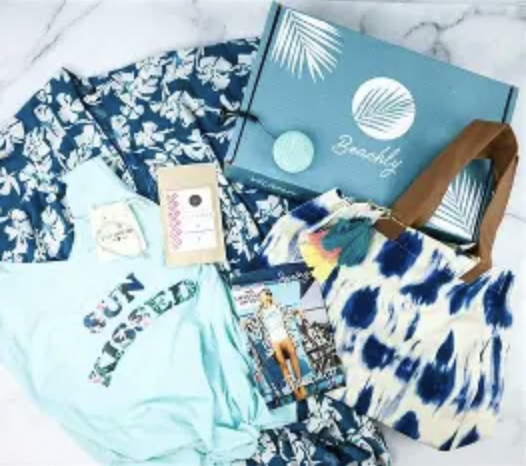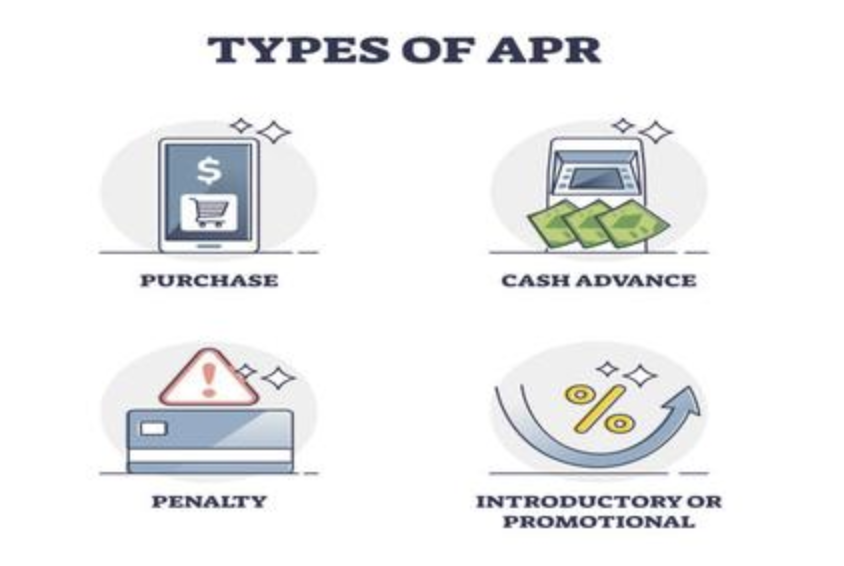Tie Purchases to "Value Anchors"
Wealthy individuals frequently find themselves making spontaneous purchases of luxury items, such as designer handbags and expensive watches. Rather than depending solely on self-control, it helps to connect each prospective buy with what’s called a "value anchor," which is a significant objective related to your financial situation. For instance, consider whether that $15,000 watch could instead support three months of lessons for your child's elite music training or contribute to remodeling your vacation home. This approach helps to contrast immediate desires with long-term goals, clarifying the difference between wants and what truly matters.
Establish a "Luxury Cooling-Off" Policy
While a 24- to 48-hour pause can be appropriate for regular purchases, apply a 7- to 10-day waiting period for items over $10,000. Use this time wisely by consulting with a trusted advisor, such as your financial planner or a mentor who shares your views on wealth. They can help you evaluate whether the purchase fits within your overall financial strategy—like whether it might take funds away from significant investments—or if it’s simply a passing trend, such as a limited-edition product that could lose value quickly.

Review "Hidden Luxury Subscriptions"
Spontaneous spending isn’t limited to one-time buys; it also encompasses subscriptions to high-end services that you might forget about. Many high-income earners subscribe to premium offerings, like private jet memberships or exclusive club fees, without regular evaluations. Conduct a review every three months: cancel any subscriptions that you use fewer than three times monthly, or consider renegotiating terms, perhaps opting for a pay-as-you-go arrangement for air travel. Consider redirecting the funds you save towards a cause, such as a charitable fund or an art purchase.

Implement "Asset-Linked Spending" Limits
Rather than choosing random spending caps, connect your luxury purchases to the performance of your key assets. Decide to allocate a small portion of your investment gains for luxury buys. If your investments perform well in a year, you'll have a specific amount available for indulgences. This method ties your spending to the growth of your wealth, ensuring you don’t overspend no matter how the market fluctuates. It also transforms discipline into a reward for successful investing.

Refine Your "Influence Circle"
Social pressure often triggers impulsive buying—like peers acquiring yachts or second homes. Take charge of your "influence circle" by reducing your exposure to groups or media that celebrate excessive luxury. Instead, immerse yourself in communities focused on wealth with purpose, such as philanthropic networks or art collectors who prioritize long-term value. Being around like-minded individuals encourages you to maintain healthy spending habits.
Monitor "Regret vs. Joy" Purchases
Maintain a straightforward record of your luxury purchases, reflecting on how you feel six months after each one. Tag items as "regret" (like a designer dress worn only once) or "joy" (such as a home theater used by your family regularly). This documentation will uncover trends over time, such as patterns between impulsive buys and stressful work situations or the contentment gained from purchases that enhance personal connections. Use this information to guide your spending decisions: focusing on enduring joy and steering clear of what leads to regret.

Manage Cash Flow for Your Small Business

Installment Plans: Trap or Financial Tool for Youth?

Beat Inflation: Safeguard Your Wealth

The Benefits of a 529 Plan for College Savings

The role and importance of FinTech (Financial Technology) in Contemporary Banking

Best Online Platforms for Peer-to-Peer Lending

Can ChatGPT Manage Wealth? AI Finance Apps Unpacked
